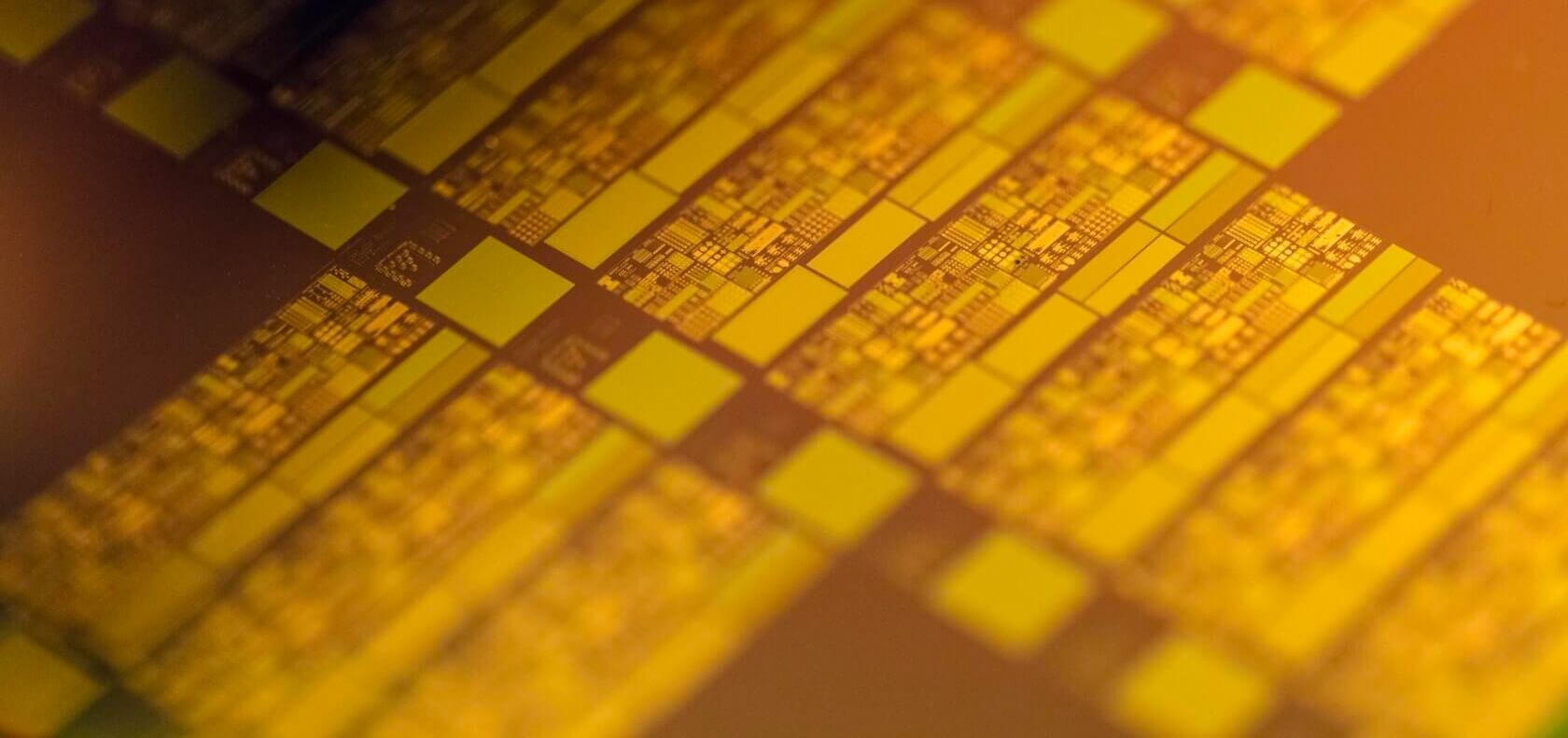In this third installment we explore how the physics of how transistors work, how their individual components are built in silicon, and how they are connected to create useful circuits and chips. How do you transform a pile of sand into an advanced processor? Let's find out.
You are using an out of date browser. It may not display this or other websites correctly.
You should upgrade or use an alternative browser.
You should upgrade or use an alternative browser.
How CPUs are Designed and Built, Part 3: Building the Chip
- Thread starter William Gayde
- Start date
m3tavision
Posts: 1,733 +1,510
I would like to thank you for doing this "How CPUs are designed" series.
I am versed in all of this, but I have been able to link these to others for insightful reading. Which sparked many discussions over the last month or so.
I am versed in all of this, but I have been able to link these to others for insightful reading. Which sparked many discussions over the last month or so.
I knew a guy that owned a company that made machines that would test the wafers. If he was still alive today I could have probably found out actual yields.
Now lets talk about how to program processors! XD
Now lets talk about how to program processors! XD
Xabi Granja
Posts: 23 +20
As usual, an amazing read. Super interesting, thanks for doing all this work.
J
Jtd49
The Build, this was the coolest part to read so far. I hate to ask the dumb question but being just a consumer I have to ask. You said here defects are the limiting factor in chip size. Do you think the chip makers are secretly working on using binning, to side step the chip size issue? Sort of take the cream, designed to be put together by another process to make one custom built, snap together super big cpu block lol?
That would be so cool if they were doing that kind of stuff!
That would be so cool if they were doing that kind of stuff!
Last edited by a moderator:
m3tavision
Posts: 1,733 +1,510
The Build, this was the coolest part to read so far. I hate to ask the dumb question but being just a consumer I have to ask. You said here defects are the limiting factor in chip size. Do you think the chip makers are secretly working on using binning, to side step the chip size issue? Sort of take the cream, designed to be put together by another process to make one custom built, snap together super big cpu block lol?
That would be so cool if they were doing that kind of stuff!
Nope, did you notice how small those dies were, on those wafers..?
They were much smaller than the mega-chips from years ago, or Nvidia's Volta chip w/21 billion transistors...!! = about as big as you can go, without having difficulties with having all those billions of transistors etched perfectly within a CPU/GPU die. Effecting yield of how many (per wafer) come out perfect.
In contrast to having much smaller chips with 12 billion transistors/etc.. and having much better yield of good chips per wafer... and not only that, but able to fit more than double the chips on a wafer, vs 21 billion sized chip.
Understand, in the real world of analytics/science, etc, you don't need one GPU die with 100 billion transistors, when you only need to link 5 GPUs together that have 21 billion... and have the same compute.
"When looking at these numbers, it's important to note that some companies may base their process size on different dimensions than the standard width. "
At this point the process name is just a marketing term and doesn't actually reflect anything other than the relative density of the process.
At this point the process name is just a marketing term and doesn't actually reflect anything other than the relative density of the process.
MarkHughes
Posts: 413 +512
Brilliant read. As a coder I am always interested to see how the CPU works. You have got me thinking now about how my C or ASM commands look inside the CPU, Going to see if I can find some visualisations on this.
Similar threads
- Replies
- 27
- Views
- 6K
- Replies
- 133
- Views
- 17K
Latest posts
-
Bitcoin worth $8.6 billion moved for the first time since 2011, bought for just $210K
- Squid Surprise replied
-
Trump administration throws wrench into $42 billion broadband rollout
- ScottSoapbox replied
-
Android 16 will alert users to possible Stingray surveillance, fake cell towers
- ScottSoapbox replied
-
Trump and Elon Musk feud again as subsidy and deportation threats hit Tesla shares
- ScottSoapbox replied
-
-
TechSpot is dedicated to computer enthusiasts and power users.
Ask a question and give support.
Join the community here, it only takes a minute.
